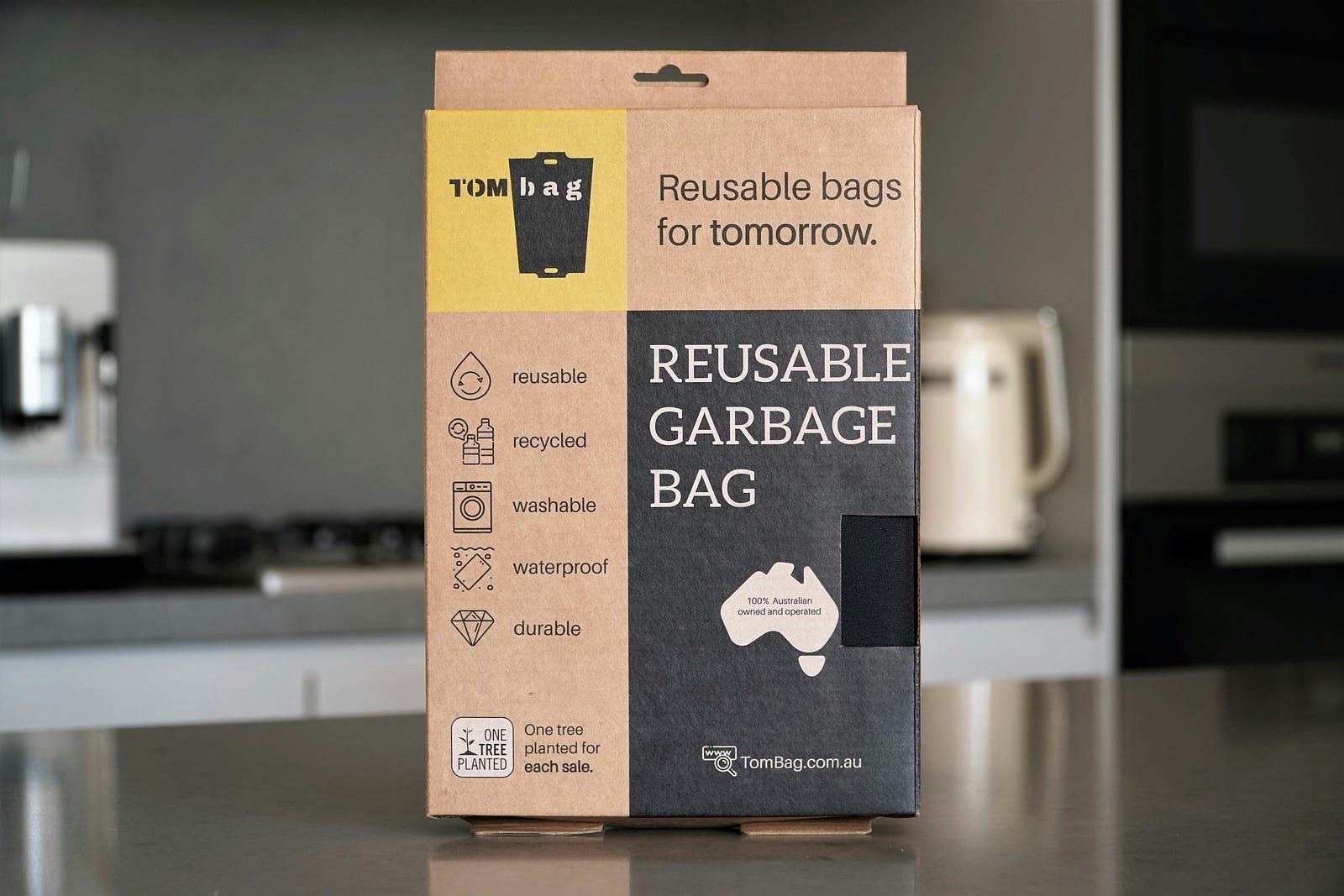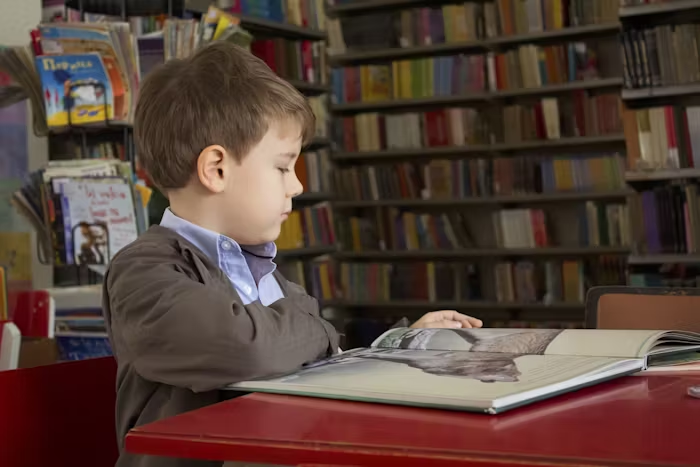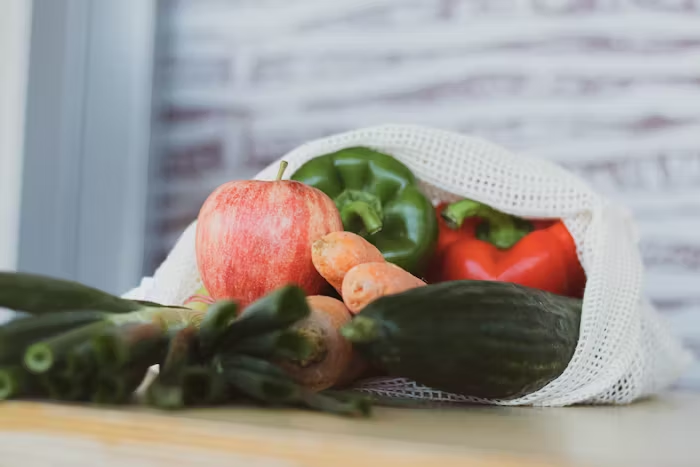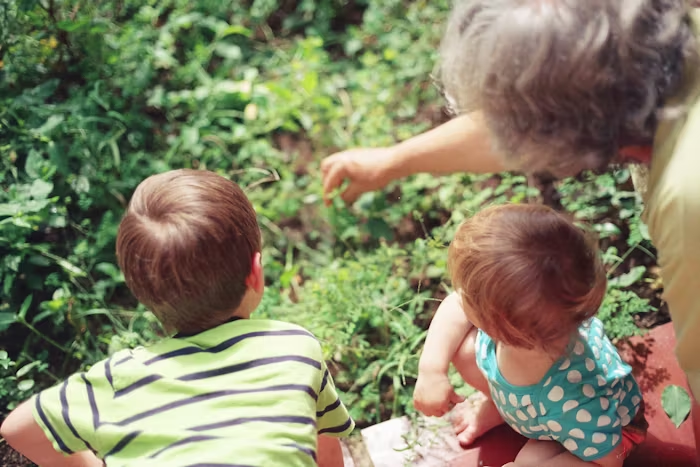In recent years, the global conversation around environmental sustainability has become louder and more urgent. One of the biggest culprits of environmental degradation is plastic pollution. With millions of tons of plastic waste entering our oceans and landfills annually, it’s clear that a shift towards plastic-free living is essential for the health of our planet. However, many people shy away from this lifestyle, believing it to be expensive, inconvenient, or unrealistic.
Here’s the good news: plastic-free living is not only possible but also easier than you might think. With the right mindset, resources, and strategies, anyone can take meaningful steps to reduce their plastic consumption. This article will guide you through the benefits, actionable tips, and practical tools to embrace a plastic-free lifestyle.
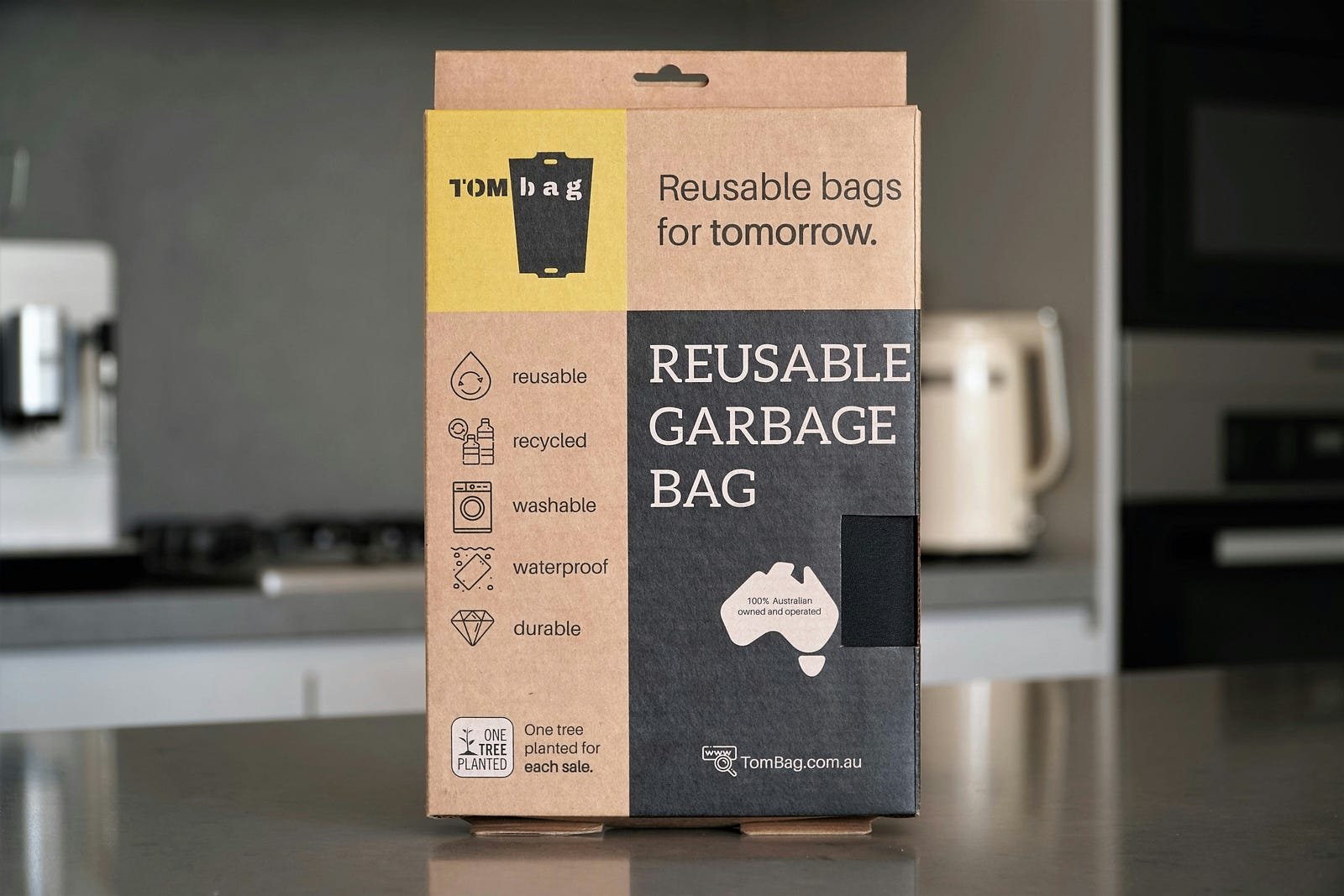
The Problem with Plastic: Why It Matters
Before diving into the “how,” let’s understand the “why.” Plastic pollution is a crisis that affects every corner of the Earth. Here’s why it’s critical to reduce our reliance on plastic:
1. Environmental Damage
- Ocean Pollution: Over 8 million tons of plastic end up in the ocean every year, harming marine life and ecosystems.
- Non-Biodegradability: Plastic takes hundreds of years to break down, and even then, it disintegrates into microplastics that persist in the environment.
2. Human Health Risks
- Toxic Chemicals: Many plastics contain harmful chemicals like BPA and phthalates, which can leach into food and water.
- Microplastic Ingestion: Microplastics are now found in drinking water, seafood, and even the air, posing potential health risks.
3. Economic Impact
- Cleaning up plastic waste costs billions annually, straining public resources and economies worldwide.
Why Plastic-Free Living Is Easier Than You Think
Switching to a plastic-free lifestyle may sound overwhelming, but it’s surprisingly achievable. With small, consistent changes, you can make a big impact.
1. Accessible Alternatives Are Everywhere
Today, there are countless eco-friendly alternatives to plastic products. From bamboo toothbrushes to stainless steel water bottles, sustainable options are readily available online and in stores.
- Reusable Bags: Tote bags and cloth produce bags can replace plastic grocery bags.
- Glass Storage Containers: These are perfect for food storage and meal prepping.
2. It Saves Money Over Time
While some plastic-free products may seem expensive upfront, they often save money in the long run. Reusable items like water bottles, shopping bags, and menstrual cups eliminate the need for constant replacements, cutting down on costs.
3. Community Support and Resources
The rise of the zero-waste movement has created a wealth of online communities, local workshops, and resources dedicated to helping people transition to a plastic-free lifestyle. Social media platforms, blogs, and even local groups can provide valuable tips and encouragement.
How to Start Living Plastic-Free
Embarking on a plastic-free journey doesn’t require drastic changes overnight. Follow these steps to gradually reduce your plastic usage:
Step 1: Audit Your Plastic Use
Take stock of the plastic items you use daily. Categorize them into essentials, non-essentials, and single-use plastics. This will help you identify where you can make changes.
- Example: Do you frequently use plastic water bottles or food packaging? These are great starting points for change.
Step 2: Shop Mindfully
When shopping, prioritize products with minimal or no plastic packaging. Bring your own containers for bulk items and look for local markets that offer unpackaged goods.
- Pro Tip: Many brands now label their products as “plastic-free” or “zero-waste” to make identification easier.
Step 3: Adopt Reusable Habits
Incorporate reusables into your daily routine:
- Coffee Cups: Bring a reusable coffee cup to cafes.
- Cutlery: Carry a small set of reusable utensils for meals on the go.
- Shopping Bags: Keep reusable bags in your car or purse to avoid plastic ones.
Step 4: DIY and Upcycle
Get creative by making your own products and upcycling items you already have. DIY options often reduce waste and save money.
- Homemade Cleaning Products: Vinegar, baking soda, and essential oils can replace store-bought cleaners.
- Repurposing Jars: Use old jars for food storage, planters, or as drinkware.
Step 5: Educate and Advocate
Share your plastic-free journey with friends, family, and colleagues. Educating others helps build momentum and creates a larger collective impact.
- Join Movements: Support organizations that advocate for bans on single-use plastics.
- Spread Awareness: Use social media to share tips and resources.
Overcoming Common Myths About Plastic-Free Living
Despite its benefits, plastic-free living is often misunderstood. Let’s debunk some common myths:
Myth 1: It’s Too Expensive
While some eco-friendly products have a higher upfront cost, they often save money in the long term. For example, a reusable water bottle eliminates the need for disposable bottles.
Myth 2: It’s Too Time-Consuming
Many plastic-free habits, like carrying a reusable bag or cup, are simple and require little effort.
Myth 3: It Requires a Complete Overhaul
Going plastic-free doesn’t mean throwing out all your plastic items. Use what you have first and replace them with sustainable options as needed.
The Benefits of Plastic-Free Living
Transitioning to a plastic-free lifestyle offers numerous rewards:
1. Environmental Impact
- Reduces waste in landfills and oceans.
- Lowers your carbon footprint by decreasing reliance on fossil fuel-derived plastics.
2. Health Benefits
- Avoid exposure to harmful chemicals found in plastics.
- Enjoy fresh, unpackaged food without preservatives.
3. Financial Savings
- Save money by investing in reusable items.
4. Personal Satisfaction
- Feel empowered knowing you’re making a positive difference for the planet.
Plastic-Free Living Around the World
Countries, businesses, and individuals are stepping up to reduce plastic waste. Here are some inspiring examples:
- Government Policies: Countries like Kenya and India have implemented strict bans on single-use plastics.
- Corporate Initiatives: Brands like Patagonia and Lush prioritize sustainable packaging and products.
- Grassroots Movements: Communities worldwide are organizing beach cleanups and zero-waste workshops.
The Future of Plastic-Free Living
As awareness grows, plastic-free living is becoming more mainstream. Innovations in materials science, such as biodegradable and compostable alternatives, are making it easier than ever to ditch plastic. Furthermore, global movements and policy changes are paving the way for a more sustainable future.
Living plastic-free is not an unattainable ideal; it’s a practical and impactful lifestyle that anyone can adopt. By taking small, consistent steps, you can significantly reduce your plastic footprint and contribute to a healthier planet.
The journey to plastic-free living may seem daunting at first, but with the right mindset and tools, it’s entirely achievable — and easier than you think. Start small, stay consistent, and inspire others to join you. Together, we can create a world free from the burden of plastic waste.
